Why Mansory Vehicles Are Largely Disliked But Still Sell originally appeared on Autoblog.
Is beauty really in the eye of the beholder?
Every time photos of a Mansory-tuned and customized vehicle show up on the web, viewers go looking for their torches and pitchforks. What many consider vehicular monstrosities are beloved by customers who can both afford them financially and, at the same time, disregard the collective gasps of horror.
The German tuning house is infamous for taking some of the world’s most desirable cars and making them visually offensive by adding garish body kits, excessive carbon fiber, eye-searing paint jobs, and interiors so overdone, they make Liberace look like a Zen Buddhist. And yet, despite the near-universal roasting they receive online, Mansory’s cars sell quite well. How does this happen, you ask? How does a brand that’s seemingly allergic to modesty thrive in an industry where taste and prestige reign supreme? We take a closer look at Mansory and what's behind these immodest modifications.
The Mansory story
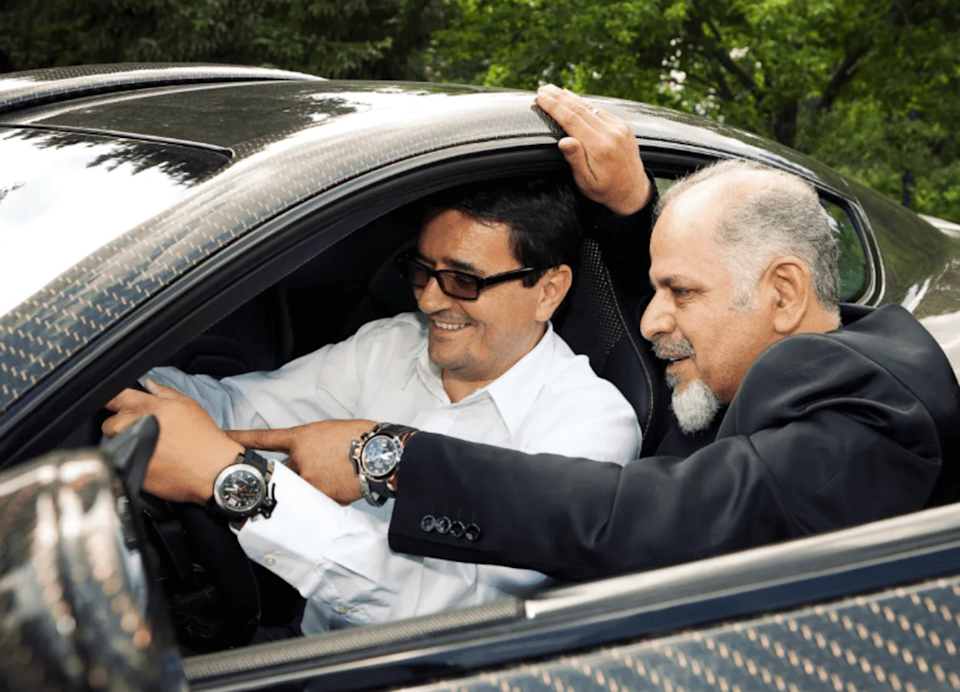
Mansory's namesake comes from its founder, Kourosh Mansory, an Iranian-born entrepreneur with a taste for automotive luxury. Kourosh Mansory moved to the UK and spent several years studying British craftsmanship, automotive design, and even engineering. He developed a love for British bespoke automotive craftsmanship, especially Rolls-Royce and Aston Martin, both of which played strong roles in the direction of his company. In 1989, he founded Mansory in Munich, Germany. In the early stages, the Mansory workshop performed high-end modifications on Rolls-Royce and Ferrari models and experienced tremendous growth in the process. In 2001, Mansory moved to a new HQ in Brand, Germany, in order to handle the increased demand for its products.
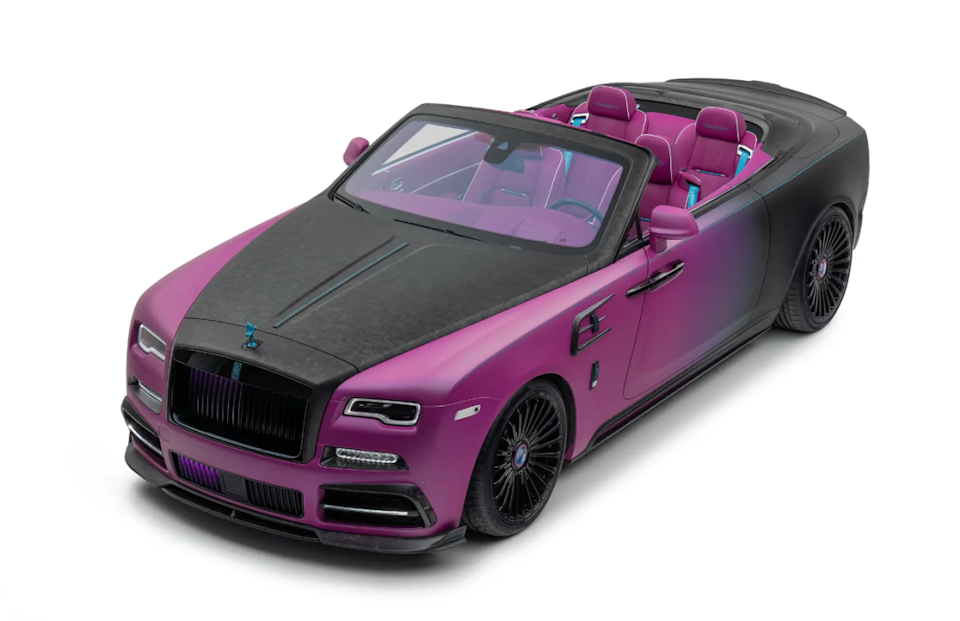
Mansory's initial designs were more conservative and tasteful. Over the course of time, Mansory took greater risks with its styling efforts, abandoning restraint and choosing outright boldness and ostentation. In November of 2007, Mansory acquired Switzerland-based Rinspeed AG, a Porsche-tuning shop that made crazy one-offs like the Rinspeed Bedouin, a wagon-esque 911 that could be converted to a pickup.
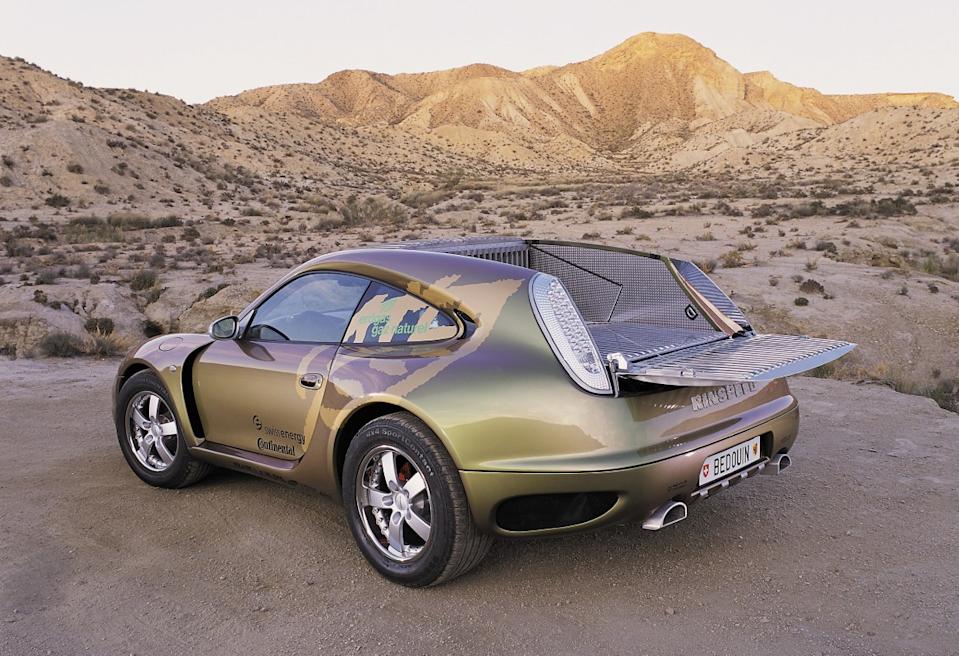
Under Mansory, Rinspeed AG hasn't really been in the news much at all, but Mansory experienced even more growth, expanding its offerings to brands such as Lamborghini, Porsche, Bentley, Mercedes-Benz, Audi, BMW, Ford, Land Rover, McLaren, and Ineos Grenadier. They have also modified boats, motorcycles, and even scooters, golf carts, and lawn mowers, of all things. Mansory now has around 200 staff members around the world, as well as a global dealership network.
Haters gonna hate, and that's a good thing
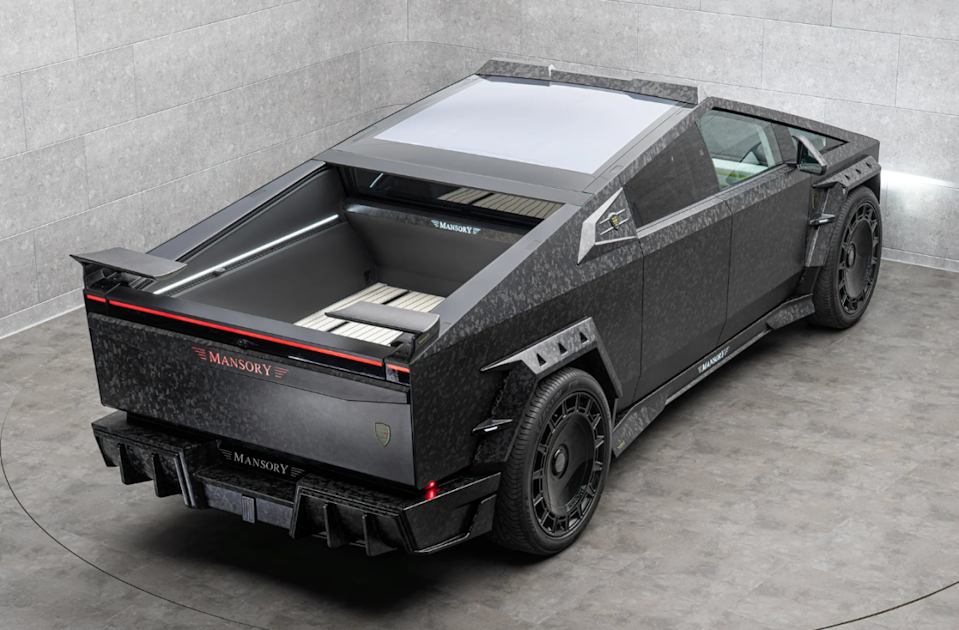
Oddly enough, the online mockery might actually be helping Mansory. In an age where brands struggle for attention, Mansory’s designs are viral bait. Every time an influencer posts a picture captioned “Look what Mansory did to this once beautiful Ferrari,” it fuels curiosity, generates buzz, and blows up traffic to the point of drawing in potential buyers. Bad publicity is surely better than no publicity at all. This is the same logic behind other “so bad it’s good” brands in fashion or art. The polarizing nature of Mansory’s builds creates free publicity, positioning the brand as something beyond what's considered tasteful and normal automotive culture. They’re not trying to please the purists, but they are creating an identity that thrives on being the stylistic outlier.

A key part of this rise came from limited-edition collaborations and high-profile custom builds for wealthy clients in the Middle East, Asia, and Russia—markets where over-the-top luxury design is not just accepted but celebrated. Their clientele doesn't want to have what every other affluent car owner has. They want to stand out, no matter where they go. Smack in the middle of conventional exotic cars and SUVs, Mansory vehicles turn heads. This niche positioning gives them an identity that's impossible to mistake for any other tuning brand, not Brabus, not ABT, and definitely not Alpina.
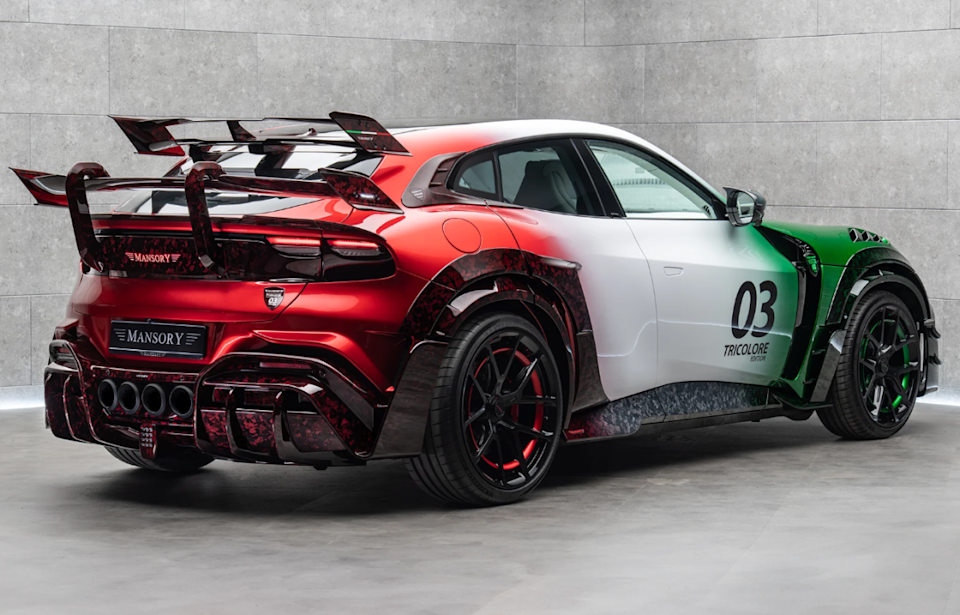
The line between tasteful and garish is a thick one. While other tuning companies focus on enhancing performance or enhancing design, like Alpina's turbine wheels, upgraded cabins, and retuned suspension setups, Mansory wants people to stare, and even gawk by dialing up the visual volume to 11. Think Lamborghini Aventadors with sharp, fin-like carbon appendages, Porsche 911 Turbos with two-layer spoilers, Rolls Royce Cullinans with orange grilles, and Bugatti Chirons with chrome rainbow paint. Think Rolls-Royces whose interiors look like they were upholstered using the wardrobe of a Las Vegas magician. Mansory does it like no one else.
Who buys Mansory?
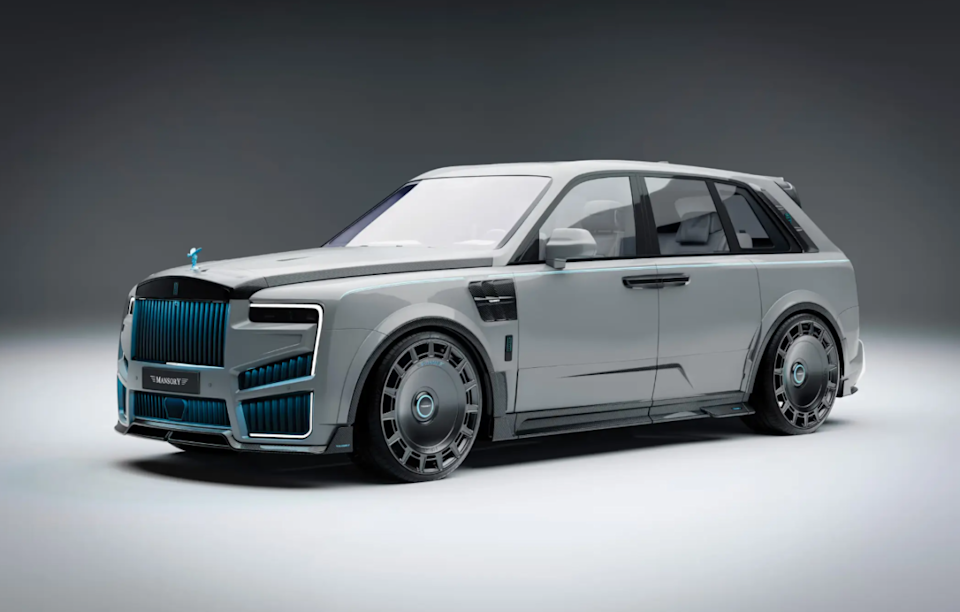
Mansory caters to an exclusive clientele and, like many high-end businesses, likely places a strong emphasis on client privacy and confidentiality. A publicly available list of individual clients is unlikely to exist as a result. Their customers are ultra-wealthy individuals from all over the world—Middle Eastern royals, Russian oligarchs, African business magnates, and Southeast Asian tycoons, many of whom already have multiple supercars but want something truly different. Then there are professional athletes, rappers, crypto millionaires, and reality TV personalities who all want to stand out. One famous rapper, Rick Ross, has showcased his Mansory Rolls-Royces on the internet, choosing to remain far from anonymous.
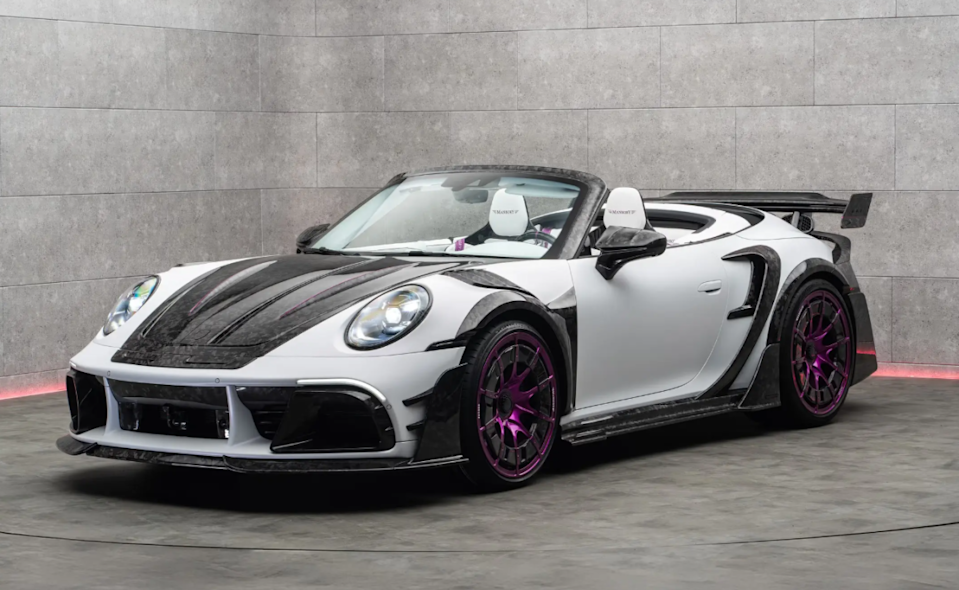
While Mansory sells models on its website, almost every Mansory project is a one-off that's made to order. If a customer can think of it, Mansory can probably build it, but it has to have that Mansory vibe to it, setting it apart from any other vehicle on the planet. If you have the money, you can walk into a Bentley or Ferrari showroom and get a new car today. But a Mansory build? That’s months of design consultation, custom fabrication, and a finished product that no one else in the world owns.
Final thoughts
Mansory is, in many ways, the automotive industry’s most successful bad guy. They love to be hated, and their fame spreads even more as a result. Their designs defy conventional beauty, their branding thrives on controversy, and their customers have got to love the attention and exclusivity. Mansory isn't out to build the most beautiful vehicles, but quite possibly the most talked about. Kourosh Mansory isn’t in the business of making cars for the masses, or even for the majority of the luxury market. He's in the business of making rolling spectacles for people who crave the kind of attention that only a neon-green carbon-fiber Rolls-Royce can command.
Why Mansory Vehicles Are Largely Disliked But Still Sell first appeared on Autoblog on Aug 13, 2025
This story was originally reported by Autoblog on Aug 13, 2025, where it first appeared.
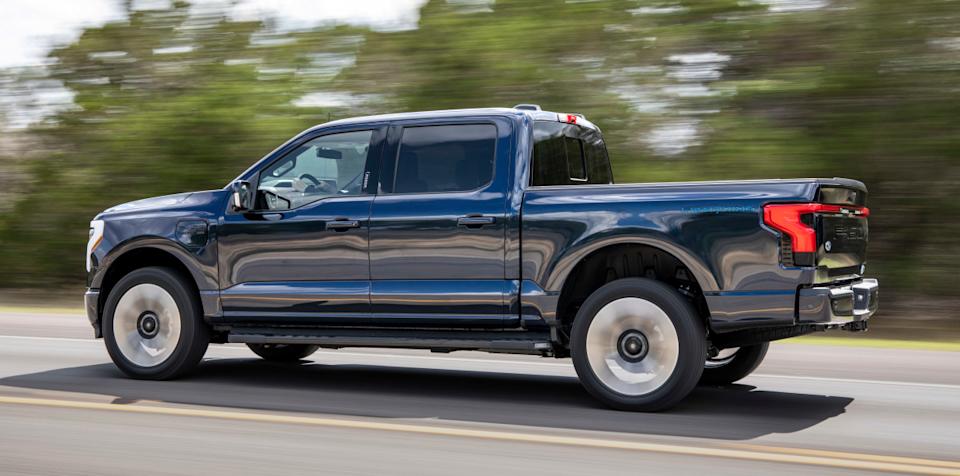



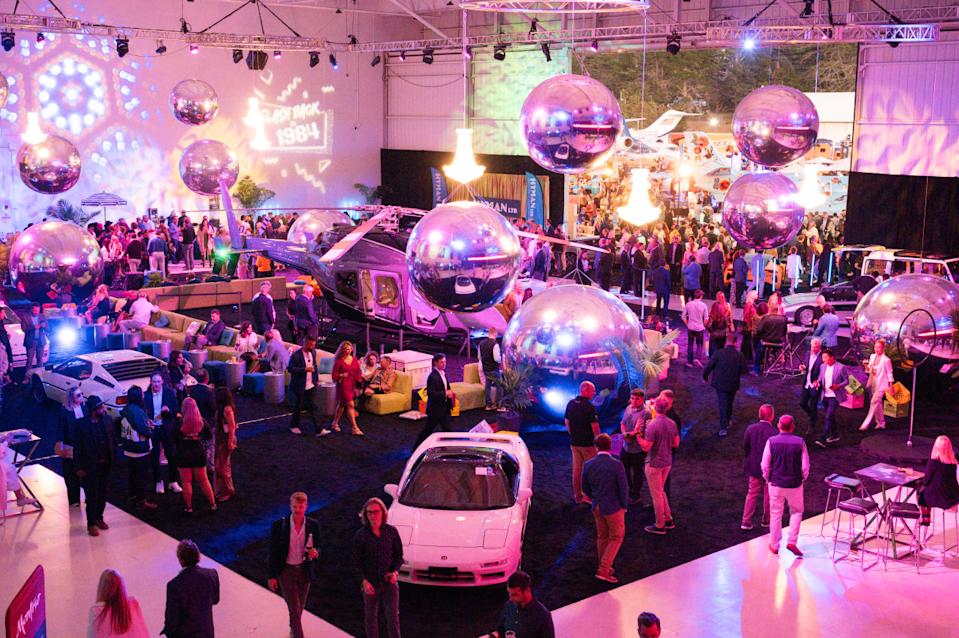
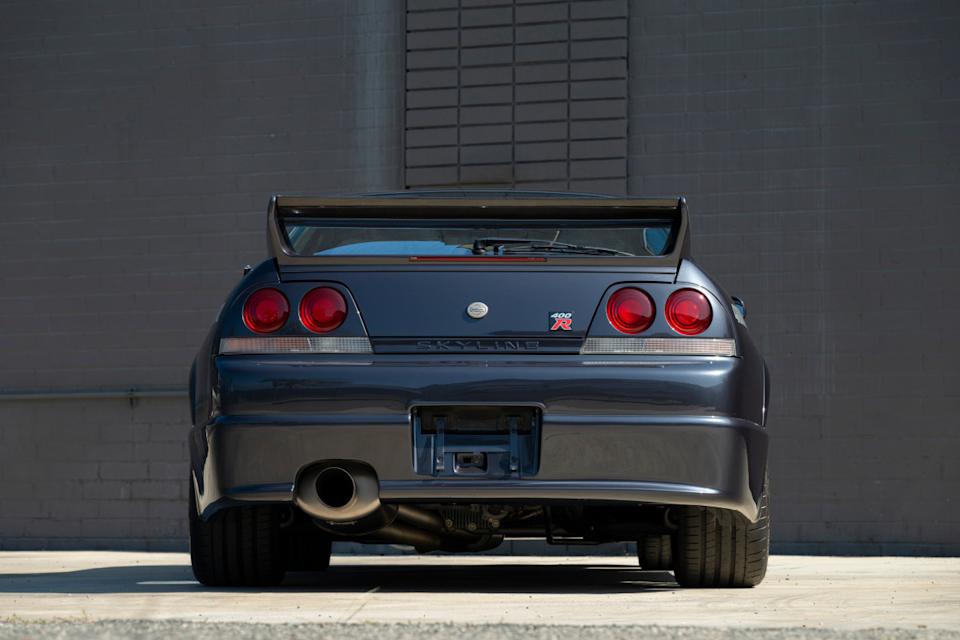
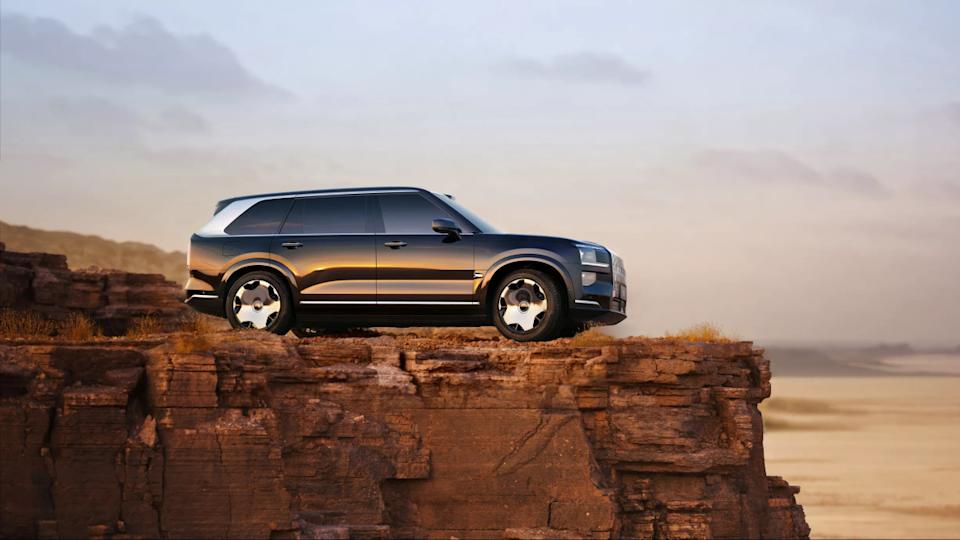
Comments